How to create a shortage
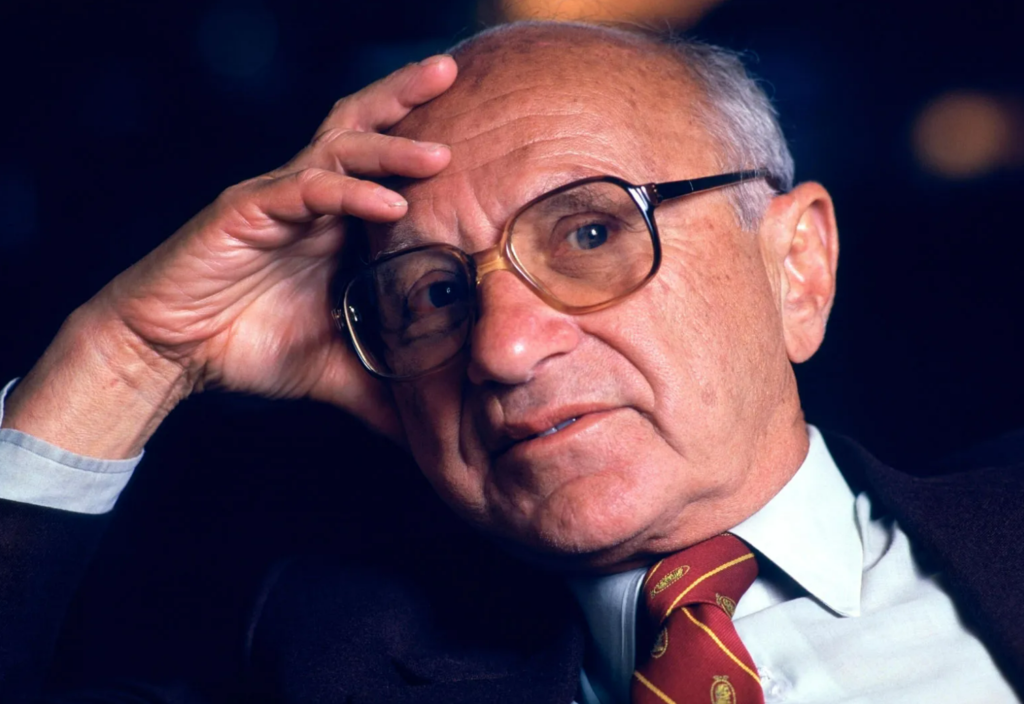
Milton Friedman was perhaps the most influential economist of the 20th century. He once famously said, “We economists don’t know much, but we do know how to create a shortage. If you want to create a shortage of tomatoes, just pass a law that retailers can’t sell tomatoes for more than two cents per pound. Instantly you’ll have a tomato shortage.”
In October 1973, Arab members of the Organization of Petroleum Exporting Countries (OPEC) imposed an oil embargo on numerous countries in retaliation for their decision to support Israel during the Arab-Israeli war.
This reduction in oil supply nearly quadrupled the price of oil from $2.90 a barrel before the embargo to $11.65 in January 1974.
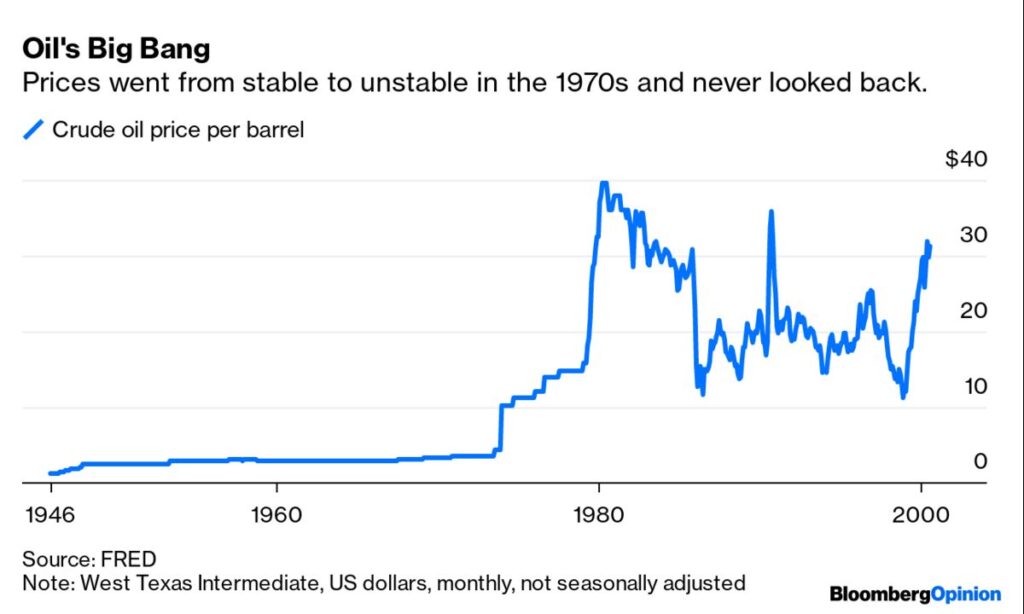
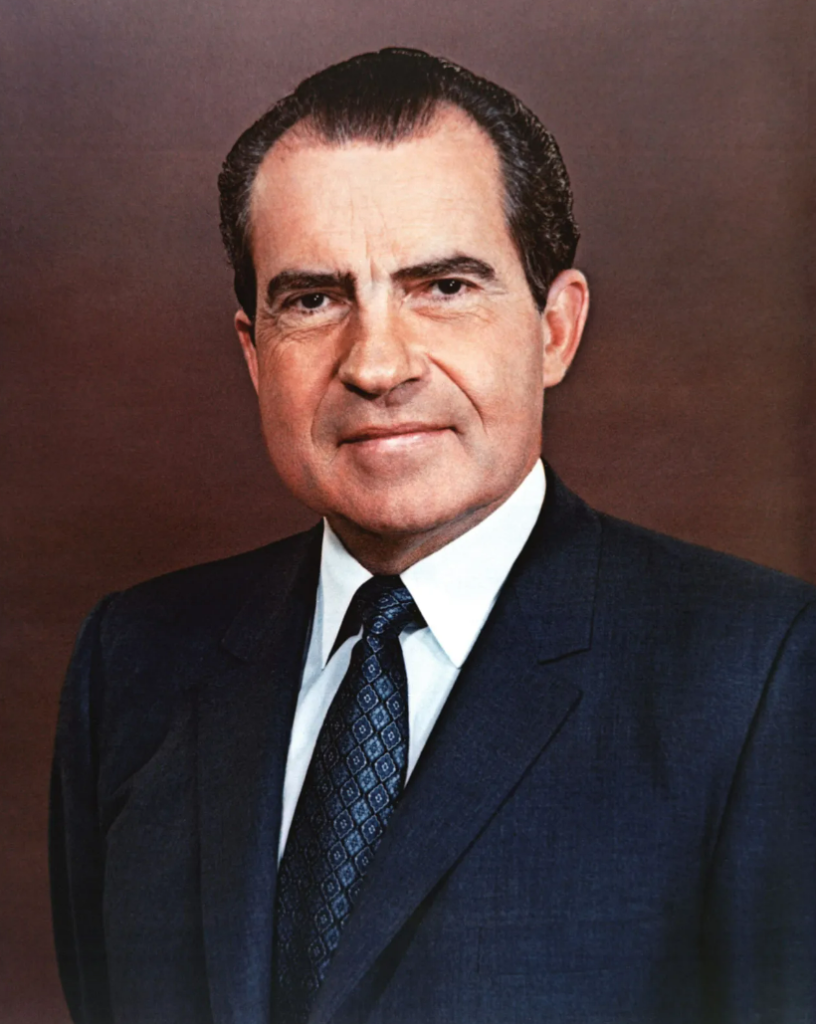
The surge in oil prices inevitably led to a jump in gasoline prices. In response, President Nixon imposed a price ceiling on gasoline prices which remained in place for most of the 70s.
Nixon aimed to stabilize the price of gasoline and to prevent inflation. But despite Nixon’s good intentions, his ‘political solutions made things worse’, says economist Thomas Sowell.
Due to the price controls and the reduced supply of oil, gas stations found they only had to stay open a few hours a day before their gasoline supplies sold out.
The shorter opening times of gas stations caused widespread public panic which caused massive lines all around the country.
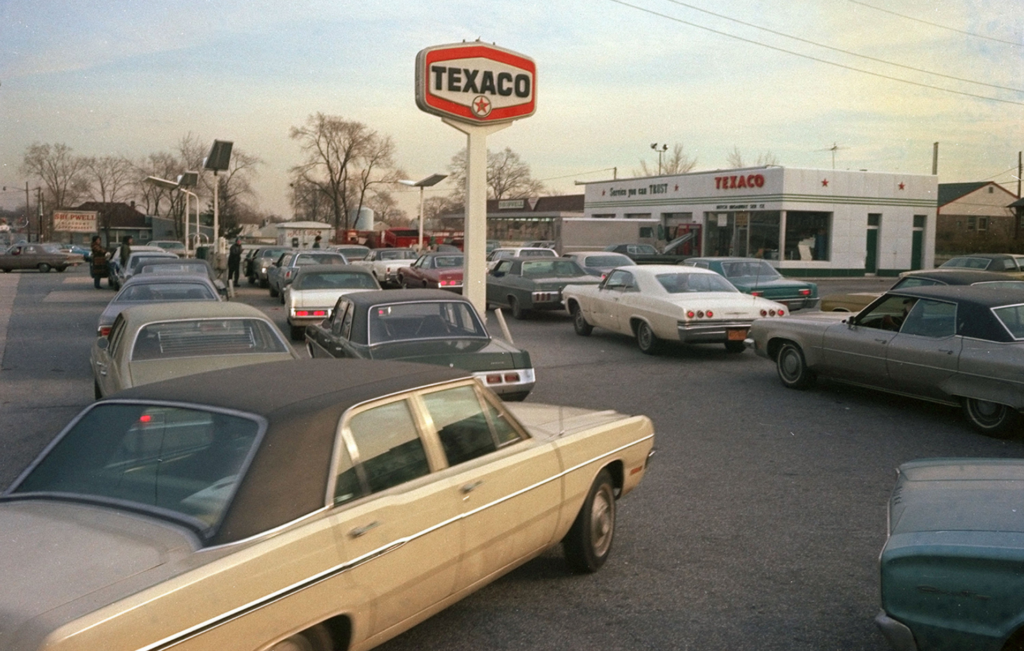
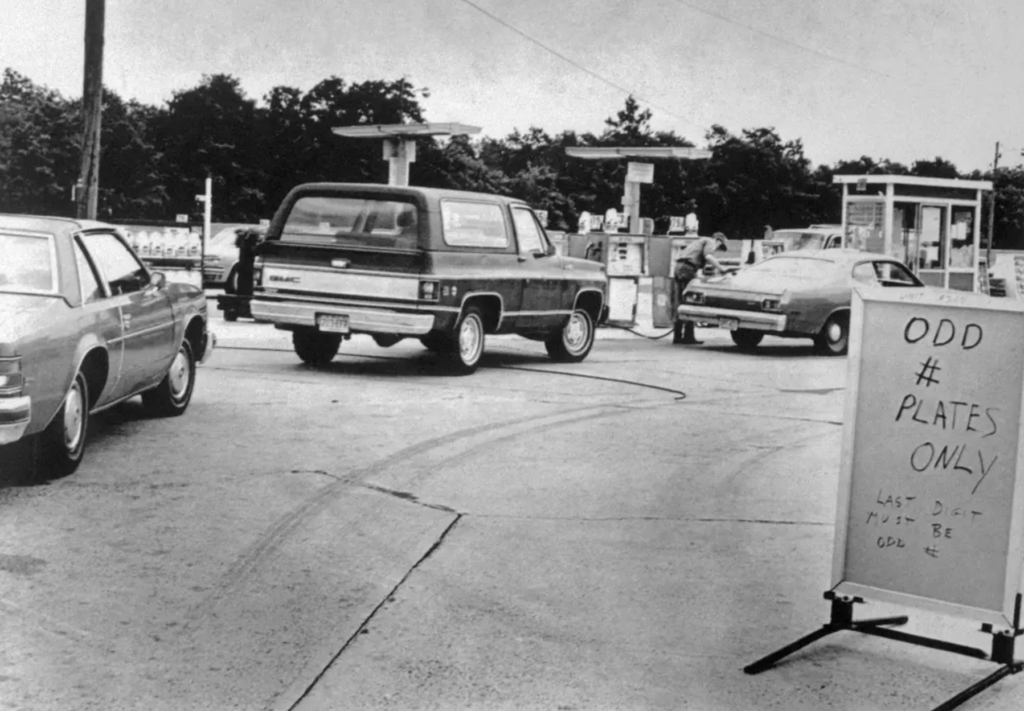
Gas stations adopted different methods to deal with the shortage.
Some adopted an odd–even rationing policy which allowed vehicles with license plates having an odd number as the last digit to buy gas only on odd-numbered days of the month, while others could buy only on even-numbered days.
The severe shortages made people desperate, and some people even resorted to stealing.
Some owners of gas stations had to put out warnings to deter people from stealing.
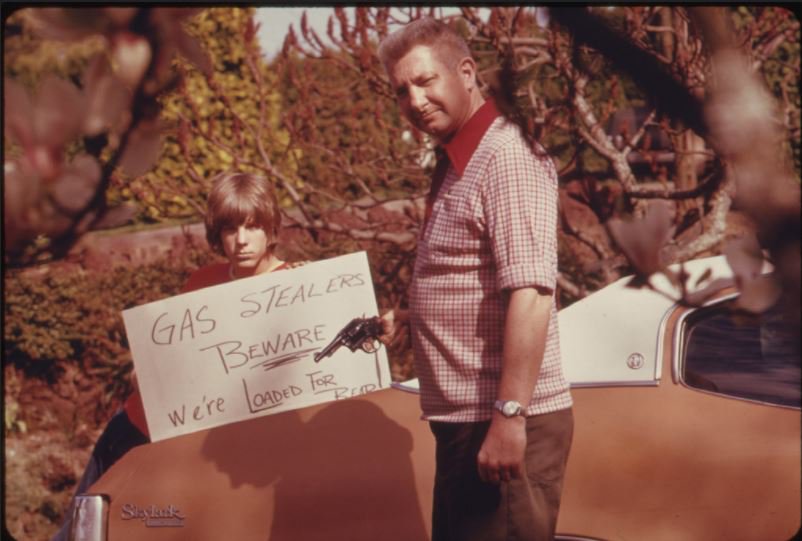
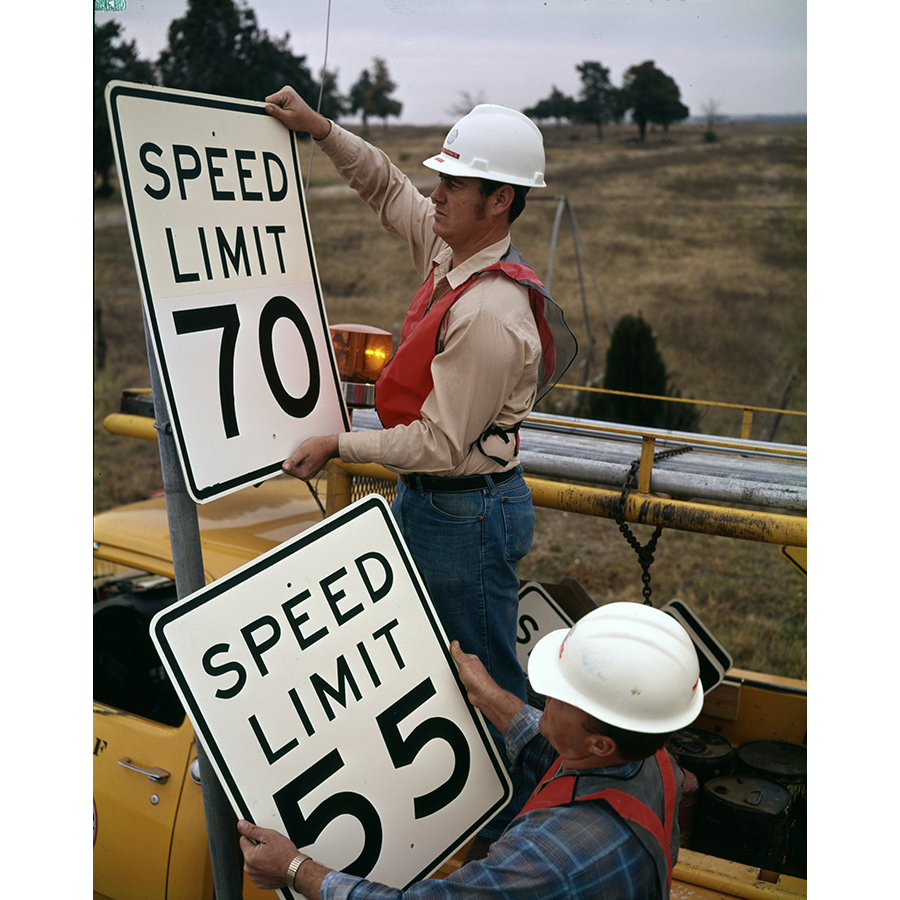
Nixon even lowered the speed limit from 70 mph to 55 mph in an effort to reduce fuel consumption. It was hoped that the lower speed limit would reduce national fuel consumption by 2.2%.
However, due to many states and drivers disregard of the new law, fuel consumption dropped by only 0.5%.
Thomas Sowell says that all of this could have been prevented if the US government had allowed prices to rise, giving non-OPEC oil companies an incentive to produce more and consumers an incentive to consume less.
“No doubt most of the drivers whose daily lives and work were disrupted by having to spend hours waiting in line behind other cars at gas stations would gladly have paid a few cents more per gallon to avoid such inconveniences and stress,” Mr. Sowell said.
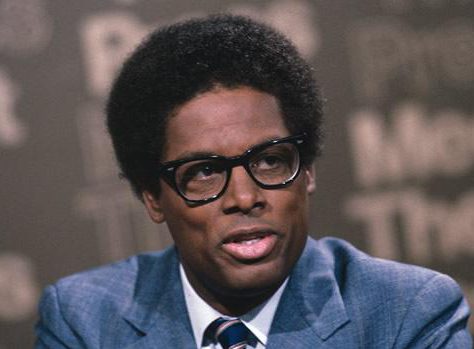
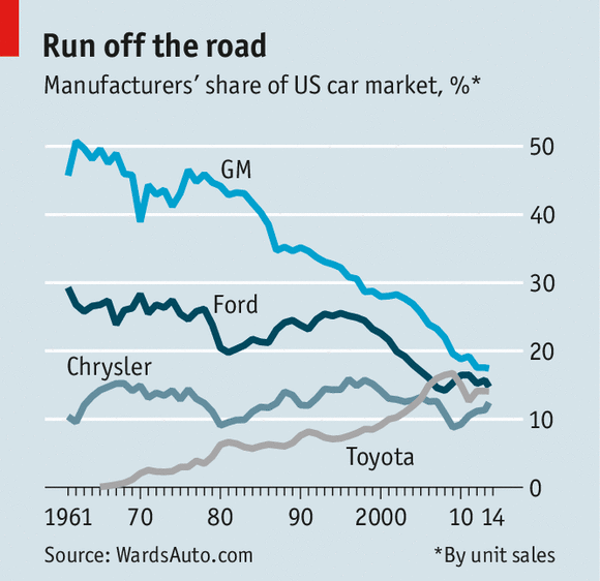
Some argue that this episode in American history was a turning point for the US automobile industry. They say that the gasoline shortages fueled the growing demand for smaller, more fuel-efficient vehicles from Japan.
During the 1970s, Japanese cars started to flood into the US market at the expense of US automakers.
Questions
- Explain how the price mechanism may have helped to reduce the oil shortage if gasoline prices had been allowed to rise. (4)
- Discuss the microeconomic effects of the maximum price on gasoline producers and consumers. Include a supply and demand diagram in your answer. (15)
Question 1:
- Remember to first identify and define one function of the price mechanism that is relevant to this question.
Question 2:
- What is a maximum price?
- Draw a supply and demand diagram showing the imposition of a maximum price.
- What impact does it have on consumers? What impact does it have on producers?
- What are the negative effects of the maximum price?
